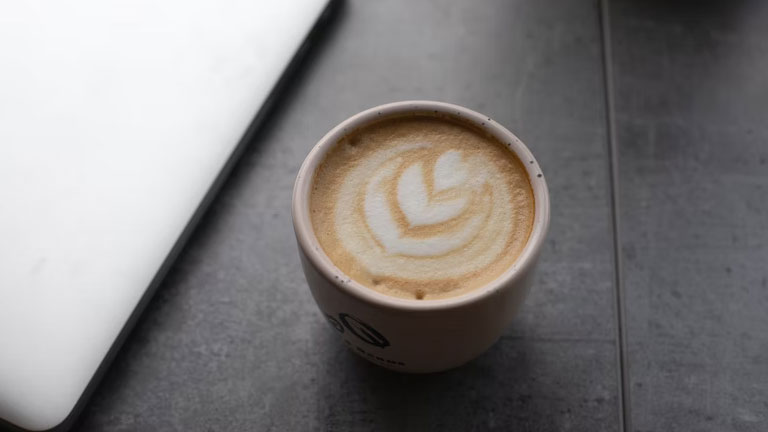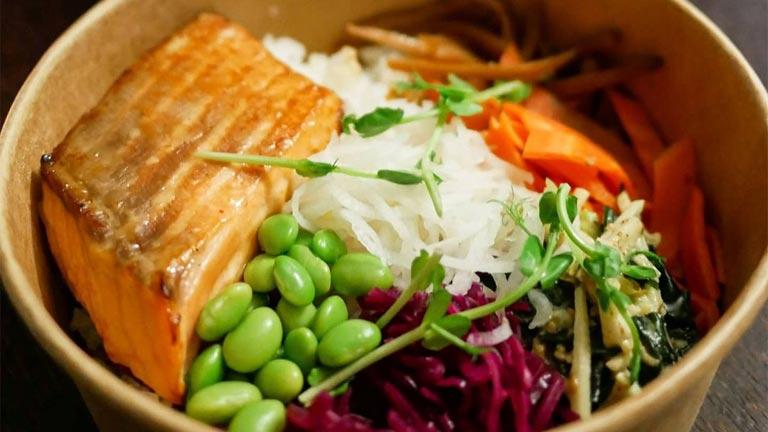
Cappuccino is one of the most widely consumed coffee beverages worldwide. This is partly because cappuccino’s flavor and texture can be easily adapted to suit a wide range of palates.
Steamed milk and froth finish the traditional cappuccino’s triple-layer structure: a rich espresso base, then steaming hot milk.
The Ottoman method of brewing coffee served as the foundation for European coffee culture for many years. Water and coffee beans were heated to a boil, occasionally adding sugar. This is comparable to how modern Turkish coffee is made.
By the late 1700s, the British and French had begun to filter their coffee beans. Filtered and brewed coffee gradually gained popularity over boiled coffee. The term ‘cappuccino’ first appeared about this time.
The History of Cappuccino
The first recorded version of the drink is ‘kapuziner,’ a coffee, cream, sugar, and spice concoction popular in 17th-century Viennese coffee houses. Around the same time, a similar drink known as ‘franziskaner’ gained popularity.
The ‘cappuccino,’ as it is now known, originated in Northern Italy but was prepared in the Viennese style until the twentieth century, when the addition of steamed milk became the norm.
Cappuccino’s Taste and Texture
This means there are only 2 ounces of espresso and 2 ounces of liquid steamed milk—pretty much a 1:1 ratio of espresso to liquid steamed milk. As a result, the cappuccino is regarded as a well-balanced beverage that combines the best coffee flavor with the silkiness of milk.
The foam, on the other hand, is designed to be dense. Small bubbles that feel silky smooth on your lips and tongue, rather than large ones. You know the milk is wonderful if you get a milk-stache.
The Italian-style Cappuccino
Italians usually drink it sweetened and with a croissant, as previously indicated. The foam should be substantial and roughly a third of the size of the cappuccino cup. To make a traditional cappuccino, the Italian National Espresso Institute recommends using 25 milliliters of espresso and 100 milliliters of steam-whipped milk. Add a sprinkle of cocoa powder or cinnamon powder to finish the job.
Bartenders fight for the title of greatest cappuccino every year. The first Italian Barista Coffee Championship was held in 2002 in Italy.
The appearance is the most noticeable difference between a typical Italian cappuccino and a Western-style cappuccino. An espresso-stained brown ring runs down the cup’s edge in the Italian style, which has a white foamed, slightly domed top. This contrasts with the Western-style, which is now typically embellished with latte art on top.
The Factors That Contribute to Its Popularity
The main reason for cappuccino’s popularity, at least in the United States, has been actively marketed to that end. They’ve long been popular in Europe, especially in Italy, where they’re typically had with breakfast. However, until coffee shops comparable to those in Europe appeared in North America, they never truly took off.
The proprietors of these establishments immediately recognized that to be successful, they would have to provide beverages similar to those served in Europe. As a result, they launched a massive push to persuade people to try the coffee beans for cappuccino.
Cafes have long been popular in Europe, owing to the popularity of drinks like cappuccinos and espresso. Because the early machines were so large and expensive, you could only acquire one at a café.
These cafés quickly became an important part of people’s social lives; they would spend a significant amount of time there every day, drinking cappuccinos and discussing current events and other topics of interest with the other patrons. The café, hence quickly became an important part of people’s daily life.
Make Your Cappuccino!
Making a Cappuccino is all about having the right proportions of milk and espresso.
Single shot (or double if you wish) espresso, one part steaming milk, and one part froth make up the 1:1:1 proportion. You don’t want to overdo it with the milk.
Making the best cappuccino without a machine is simple when you know how to do it this way. You don’t need a machine to create frothy hot coffee, and you can do it in just a few minutes at home.
Prepare the cappuccino cream first for a foamy, creamy cappuccino. The cappuccino’s foamy and frothy top layer can only be achieved if the cappuccino mix is excellent.
Add the sugar, coffee powder, and water to a large bowl and stir well. To begin, use either a whisk or a spoon to stir the ingredients together. It’s time for the coffee to be whisked to lighten up. Whisking the mixture will take some time. For about 10-12 minutes, whisk the mixture.
Meanwhile, bring a pot of milk to a boil in the kitchen. Turn off the heat and set aside the milk after it has reached a rolling boil.
Add 2.5 spoonful of the whipped coffee foam mixture to a cup now.
Then drizzle it with boiled, hot milk.
A spoon works well for spreading the coffee foam. Then sprinkle some cinnamon powder on it.
And your homemade delicious cappuccino is ready! Have it with come croissants for that Italian feel!




